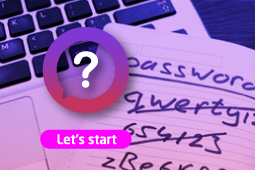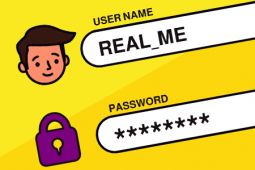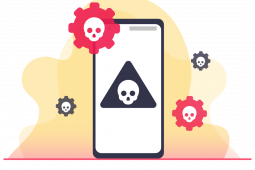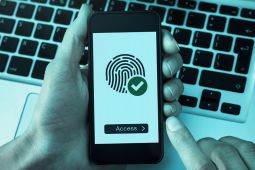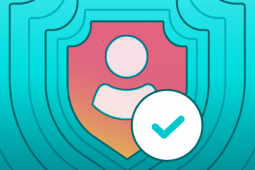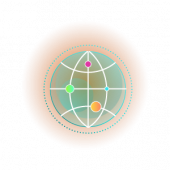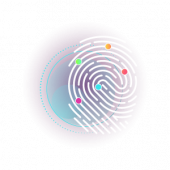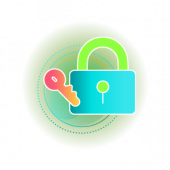How strong is my password? Am I secure against cyber-attacks?
A Better Way for Protection

Once upon a time, you got someone a gift but didn’t want him/her to see it because this was all a surprise.
So here’s what you did:
- You put the gift in its box.
- You put the box in a paper bag.
- You put the paper bag in your own bag.
- You took your bag to your room.
- You put the bag inside the closet.
- You finally locked the room, because the more security you provide, the better.
- Finally, nobody ever found about the gift until you gave it out.
- THE END -
This was a happy ending, but imagine that you kept the gift in its box only or you didn’t put it in your bag or take it to your room? One would have been more likely to spot it without your consent. Right?
The same applies to your digital identity. Because you don’t want anyone logging into your private email or freely using your credit card, you’ve got to use Multi-Factor Authentication (MFA).MFA is creating two or more defense layers, beyond a username and a password which have become easier to hack today, so that’s it more difficult for an unauthorized person to access your account.
- The Knowledge Factor: This is what you already know – information you are able to provide upon login, such as usernames, IDs, email addresses, passwords or PINs. Sometimes websites ask you to fill in secret questions such as “What was the name of your first Math teacher?” However, if you use easy-to-guess information, hackers will make their good guesses too especially with today’s advanced techniques. This is why you’re advised to use long alphanumeric passwords with symbols and capital letters. You also shouldn’t repeat the same digit when setting your numerical PINS.
- The Possession Factor: This refers to the information you have or physically carry in order to log in, such as the one-time-password (OTP) you instantly receive on your phone to be expired in very few minutes. Another example are the banks which give out a certain device that generates tokens (similar to OTPs) to be used every time you need to access your account. Even people working in U.S federal agencies use this factor. They carry a Personal Identity Verification (PIV) card which allows them to access private facilities and systems.
- The Inheritance Factor: This information cannot be changed. They are your biological traits, distinct and unique only to you, such as your fingerprint, retinal scan, face ID and voice, to mention a few. The advantage to these factors is that they’re highly secure and convenient. Nobody can ever copy your retinal scan. You would never forget to bring your Face ID with you. Also your fingerprint doesn’t wear away with time like an authentication card might do.
- The Location Factor: This is a factor you need to do nothing about. It is simply there to protect your identity and detect your presence at a certain location. Let’s say you’re using a service that applies geolocation security and upon setting your account, you claimed to live in Qatar. Whenever a log-in takes place anywhere else, you will be immediately notified to make sure no one is unknowingly using your account. Internet Protocol (IP) addresses and GPS devices built in our smart electronics can be great supporting tools.
- The Behavioral Factor: This is probably the hardest-to-hack factor. It is based on gestures and patterns very rarely applied in an identical manner by more than one person. For example, Windows 10 now features a “picture password” where you perform 3 different gestures on random elements of the picture to set your password such as “tapping on the ball, then drawing a line in the middle, and finally circling the sun.”
With all these factors mentioned above, you can now protect your digital identity with the highest levels of security. However, beware of how you use your passwords and where you save them, because hacking wouldn’t only take away your privacy, but also your money and personal info that can be seriously misused against you.
@2x.png)


